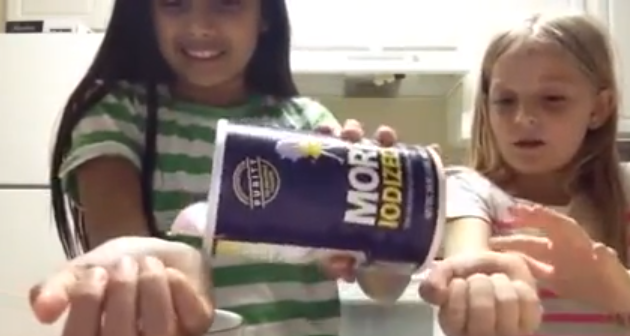The deputy who served a quarantine order to a Vickery Meadow family does not have Ebola. But his wife is still angry at his superiors for sending him into the contaminated apartment, she tells CBS news. Michael Monnig’s wife told reporters she never believed her husband was infected. However, she says the order he received to enter the contaminated apartment was an unnecessary risk. “I think they could have been given better tools… had to be more prepared with gloves, tools, booties… whatever that is.”
Wilshire Baptist Church, whose pastor writes a monthly column for the Advocate , has gained national attention; the congregation has supported the family of Ebola victim Thomas Eric Duncan.
The album St. Vincent is called “one of the best of 2014” and its same-named author “impeccable” by one Observer music columnist. In case you did not know, St. Vincent is the stage name of Annie Clark, Lake Highlands girl gone good, very good. Clearly fascinated by the LHHS alum, Jeff Gage writes, “Both as a public figure and as an artist, she has always been an enigma, at once staying carefully guarded about her private life while wrapping her music in cryptic messages and impressionistic imagery.”
One “challenge” that was plaguing the youth of a few years back and now seems to be making a comeback is the so-called salt and ice challenge. At least one Lake Highlands tween that we know of (parents request that we not share his/her name) has been hospitalized after attempting it. “Please share this,” pleaded the patient’s mom in an email, “because it can scar a child for life.” The Clinical Advisor has this to say about it:
The so-called salt and ice challenge involves precisely those two ingredients: Participants apply salt to a section of skin, then press ice cubes on top of the salt. The mixture of salt and ice results in a chemical reaction that lowers the freezing point of water, making the temperature on the skin surface colder than 32°F,and absorbs heat from surrounding skin. The numbing properties of the ice may leave the victim unaware of tissue damage. The effects of this chemical reaction are similar to frostbite and could result in second- or third-degree burns. Skin discoloration may become permanent.







